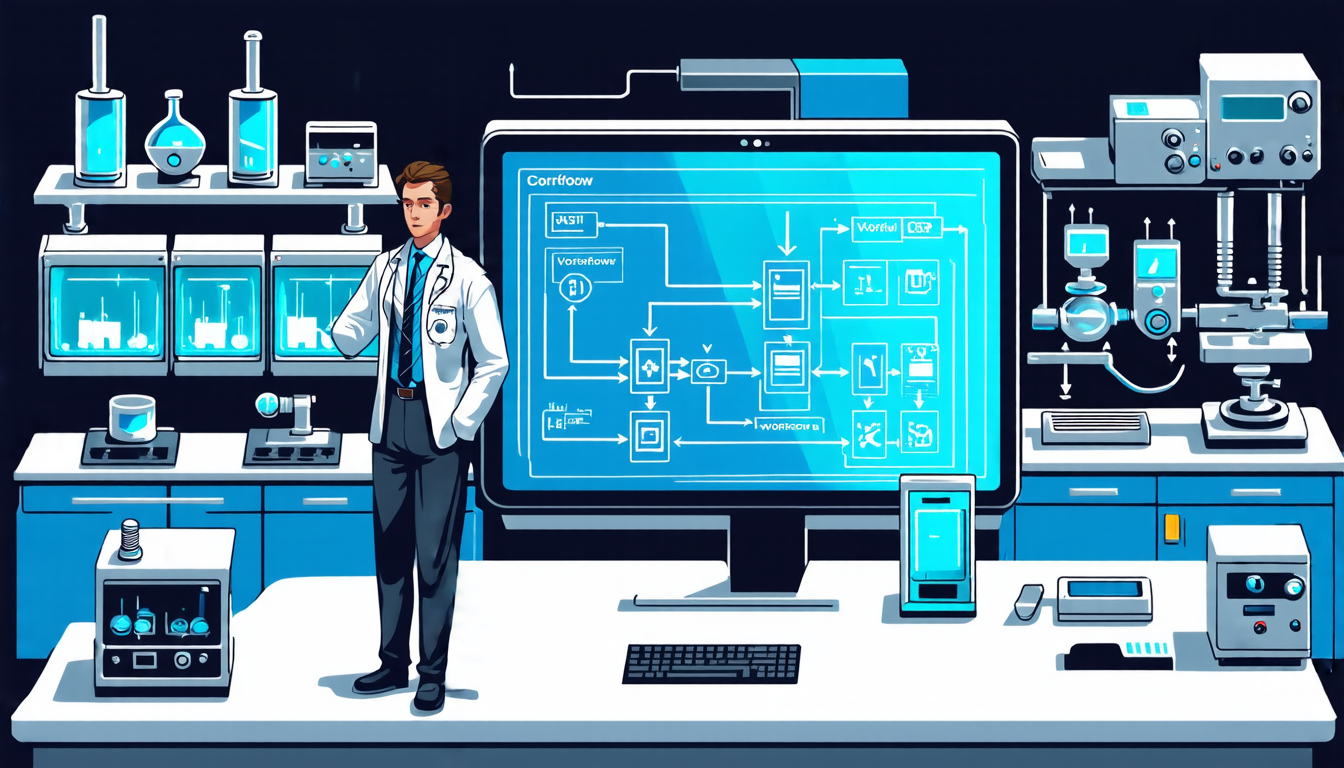Sunday 20 July 2025
The latest breakthrough in scientific automation has the potential to revolutionize the way we conduct research. A team of scientists at Oak Ridge National Laboratory has developed a system that enables seamless interactions between researchers, artificial intelligence agents, and high-performance computing resources.
The Secure Scientific Service Mesh (S3M) is an innovative framework that integrates fine-grained authorization, dynamic resource provisioning, and low-latency data streaming into a single cohesive system. This allows for the creation of complex scientific workflows that can be executed in near real-time, enabling researchers to make more informed decisions and accelerate their work.
One of the key features of S3M is its ability to dynamically provision resources as needed. This means that scientists can request specific computing resources and data streaming capabilities without having to manually configure them. The system then automatically deploys the necessary infrastructure, allowing researchers to focus on their work rather than managing the underlying technology.
S3M also includes advanced workflow management capabilities. Researchers can define complex workflows using a visual interface, which are then executed by the system. This allows for the creation of highly customized and efficient workflows that can be easily reused and modified.
The S3M framework is built on top of a service mesh architecture, which provides a high level of security and scalability. The system uses mutual TLS (mTLS) encryption to ensure secure communication between components, and it can handle large volumes of data and requests with ease.
The potential impact of S3M on scientific research is significant. It has the ability to accelerate the discovery process by enabling researchers to quickly and easily execute complex workflows. This could lead to breakthroughs in a wide range of fields, from medicine to climate science.
The development of S3M is part of a larger effort to create self-driving autonomous laboratories. These labs would be able to operate independently, executing complex scientific experiments and making decisions without human intervention. The goal is to create a system that can accelerate the discovery process and enable scientists to focus on the high-level thinking rather than managing the underlying technology.
The S3M framework is currently being tested at Oak Ridge National Laboratory, where it has been used to execute complex workflows in near real-time. The results are promising, and the team is working to further develop and refine the system.
In the future, S3M could be used in a wide range of applications, from scientific research to business operations. Its ability to enable seamless interactions between components and automate complex workflows makes it a powerful tool that has the potential to transform many industries.
Cite this article: “Revolutionizing Scientific Research with Secure Scientific Service Mesh (S3M)”, The Science Archive, 2025.
Artificial Intelligence, Automation, Scientific Research, High-Performance Computing, Secure Communication, Data Streaming, Workflow Management, Service Mesh Architecture, Mutual Tls Encryption, Autonomous Laboratories







